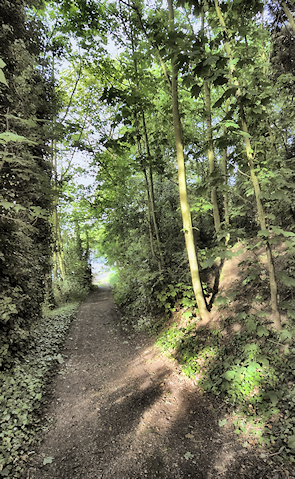Platt’s Eyot
Platt’s Eyot, Richmond upon Thames
The westernmost and one of the largest of London’s Thames islets

The words ‘eyot’ and ‘ait’ are used interchangeably to denote the small islands of the Thames and the two are pronounced identically. Platt’s Eyot is linked by a narrow bridge to the Lower Sunbury Road.
Until the 1880s osiers were grown here, a species of willow used for basket-making. The islet owes its hilly topography to the dumping of soil excavated during the creation of additional filter beds at Hampton waterworks at the end of the 19th century.
Platt’s Eyot was home to the Thorneycroft boatyard, which built torpedo boats in the two world wars. In 1994 The Independent described the old yard as “now sufficiently mellow in appearance to be considered part of the picturesque confusion rather than an industrial eyesore.” The islet was also formerly a base for the river police.
Although its features are on a small scale, Platt’s Eyot has an unexpected amount of both woodland and light industry, together with amenities like a café and public conveniences provided for workers and sailors. Many of the islet’s workshops and studio units presently lie empty, but its moorings are almost fully occupied.
Postcode area: Hampton, TW12
